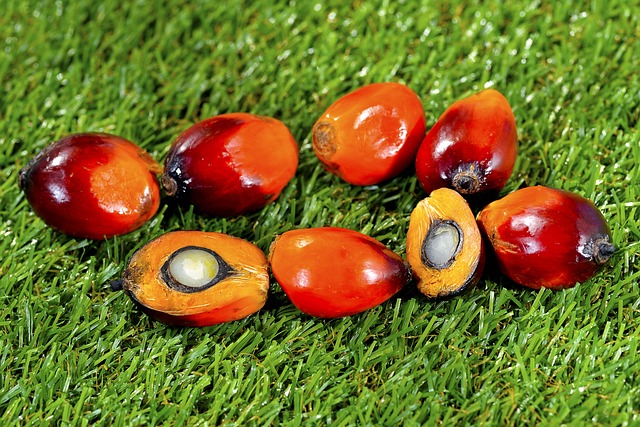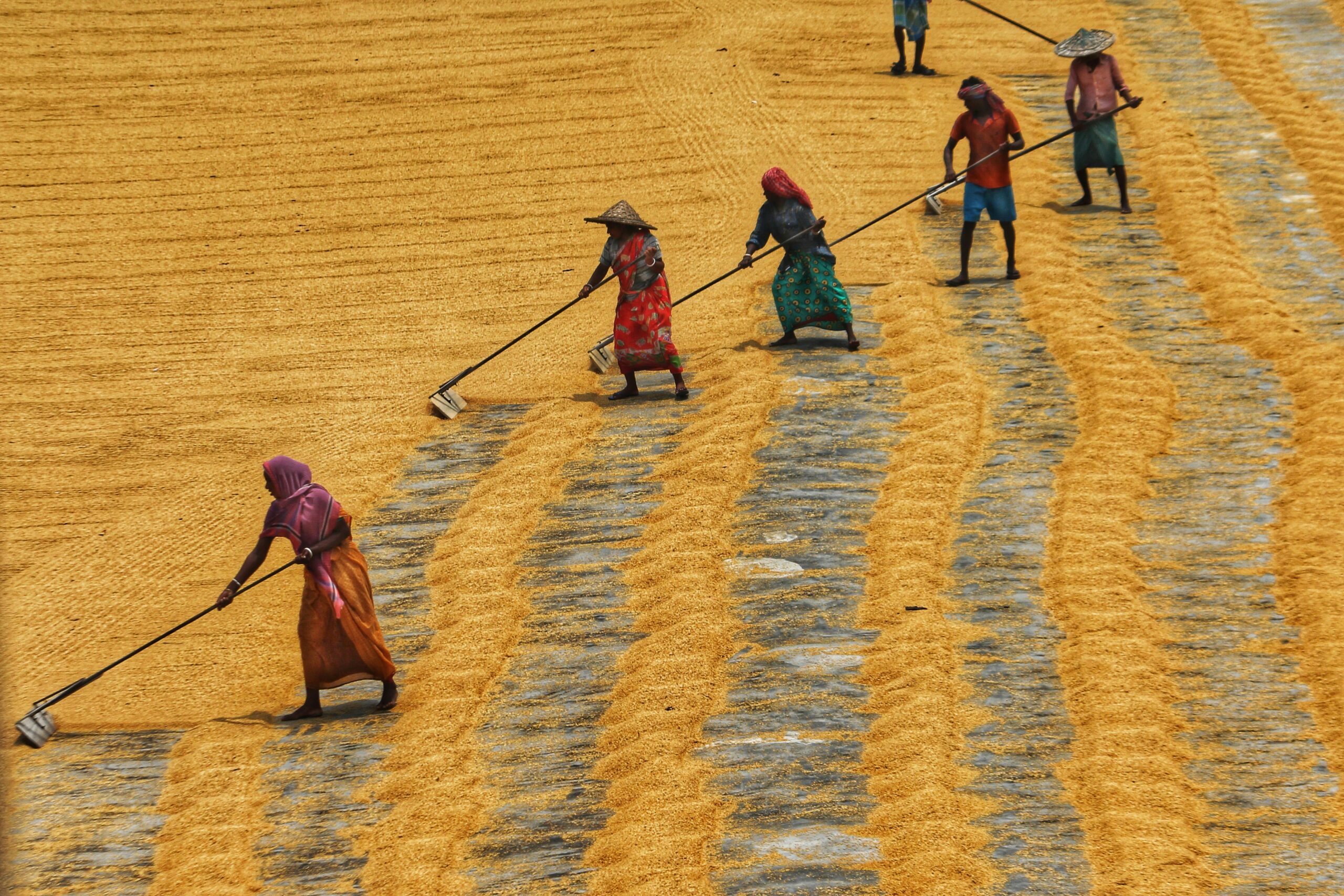Principal Scientist at ICAR- IIOPR
Sustainable Production of palm oil in India
Introduction:
India requires nearly 25 million tonnes of vegetable oil annually of which more than 60% is imported[1] . To reduce the gap between demand and supply of vegetable oils, the Government of India has initiated the oil palm development programme in the farmers’ fields during the 1980s[2] .
Factors need to be addressed for sustainability in oil palm cultivation:
To make the crop more sustainable and thereby to produce more sustainable palm oil, emphasis on factors like “land Selection and soil conservation, water management and suitable environment” needs to be given while raising the crop.
Selection of suitable land is prime criteria for oil palm cultivation. Soils having good water infiltration capability with low topography and water availability are most preferred. Wetlands and deep black cotton soils are not preferred for sustainable cultivation. The success in South Indian states which is mainly because of the use of red/light soils for its cultivation, paved the way to select such areas in other states like Gujarat, Odisha, Chhattisgarh and the North Eastern states like Mizoram, Arunachal Pradesh etc. Presence of good and yielding crop growth as seen in Negicherra and Baspadua areas in Tripura, Lower Dibang valley and Pasighat areas in Arunachal Pradesh, Aizawal and Kolasib areas in Mizoram, Navsari and Valsad areas in Gujarat, Jagadalpur and Bijapur areas in Chhattisgarh and Gosaba wet lands in Sunderbans of West Bengal states indicate the suitability and sustainability of areas for oil palm cultivation.
Environment vs. crop sustainability:
The high photosynthetic rate of the crop enables it to produce between 8 to 10 times more oil per ha/yr than other oil seeds such as rapeseed or soybean or groundnut[3] . Availability of more sunlight (108000 lux) makes the crop more sustainable.
The crop emits 8 to 10 times more oxygen (O2) and absorbs up to 10 times more CO2 per ha/yr than other annual crops. One hectare of oil palm plantation produces 21.96 tonnes of O2 per annum compared to other oil seeds crops that produce only 2.54 tonnes only. Accordingly, the human oxygen requirement of 1 tonne per annum (at 2gms per minute) can be supplied by mere 7 oil palm plants. This confirms the sustainability of the crop towards human health and environment.
Action to be taken for achieving the goals:
Soil health management: Implementation of soil conservation measures like no or little tilling, contour ploughing, terracing, and cover cropping are important factors to follow to prevent erosion and maintain soil health. Four principles namely a) minimum disturbance by means of no or minimum tillage operations, b) maximum soil cover with vegetation, c) Maximum biodiversity maintenance by means of raising cover and intercrops and d) maximize the presence of living roots need to be followed to improve soil health.
Since excessive tilling leads to soil degradation and loss of organic matter it should be minimized. Raising cover crops and intercrops to cover maximum soil area will not only save soil health but also promote biodiversity of the area. This will further help in maintaining the ecological balance and prevent habitat loss. Since all the above features are being followed in Indian oil palm growing areas, hence it leads to sustainable palm oil production.
Water management: Oil palm requires less water (1875 ltrs) to produce 1kg product which is very less compared to other crops like Soya (7000), Olive (17312), Cotton (22500), Sugarcane (1500-2500) and Rice (3000-5000)[4] . The water use efficiency of the crop is estimated at Rs 8.00 for every 100 ltrs of water used which is far superior over others. Optimized water use through efficient irrigation systems such as drip/micro jet or precision sprinklers irrigation is another important factor for sustainable cropping. Use of water-conserving practices such as mulching, which reduces evaporation, weed growth and helps retain soil moisture.
Crop management: Implementation of Integrated Pest and Disease Management (IPM & IDM) techniques to minimize the use of inorganic synthetic pesticides and encouraging the use of biological control practices like parasitoids and microbial agents for effective management of pest problems are other factors of sustainability. Similarly, adoption of responsible nutrient management practices like optimum use of fertilizer based on soil test data, use of organic and bio fertilizers to enhance soil fertility and reduce dependence on synthetic fertilizers are few practices that make sustainable yields.
Conclusion: Implementation of all the said practices in systematic manner in farmers’ fields makes the oil palm cultivation more sustainable, environmentally friendly, and socially responsible thus leads to sustainable palm oil.
Dr. Kalidas, P
“NOTE: The views expressed here are those of the authors and do not necessarily represent or reflect the views of CRB.”
- https://economictimes.indiatimes.com/news/economy/foreign-trade/huge-edible-oil-imports-compromise-indias-interest-imperative-to-become-self-reliant/articleshow/92796952.cms?from=mdr
- https://www.nfsm.gov.in/ReadyReckoner/Oilseeds/BriefNote_OS2018.pdf
- http://www.mpoc.org.my/upload/7123115POTS_India_2012_TanSriYusof.pdf
- https://www.bpdp.or.id/en/Study on Water Footprint Shows Oil Palm Plantations Not A Threat to Water Sources – BPDP
“NOTE: The views expressed here are those of the authors and do not necessarily represent or reflect the views of CRB.”












































































































